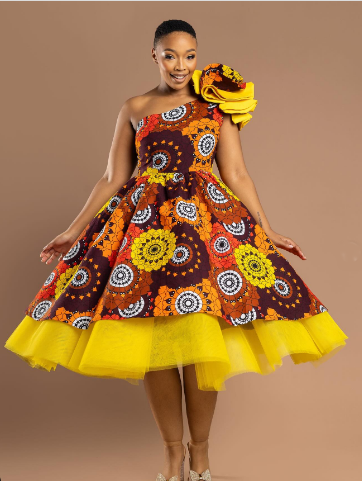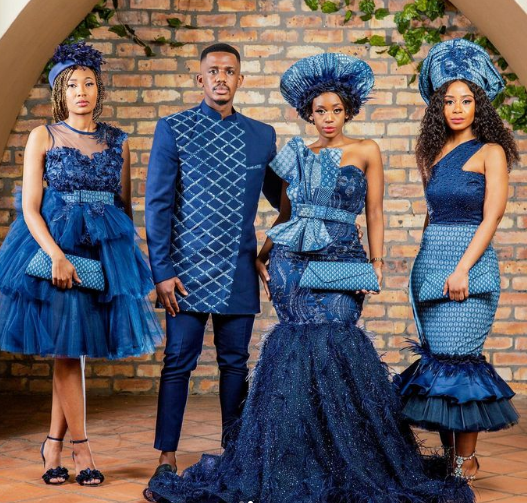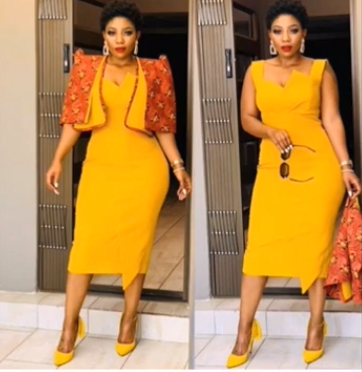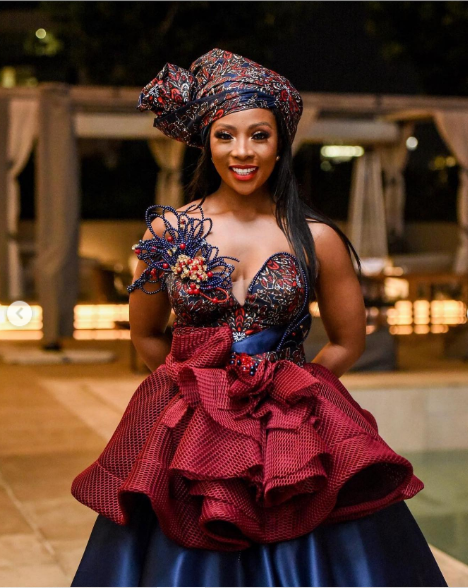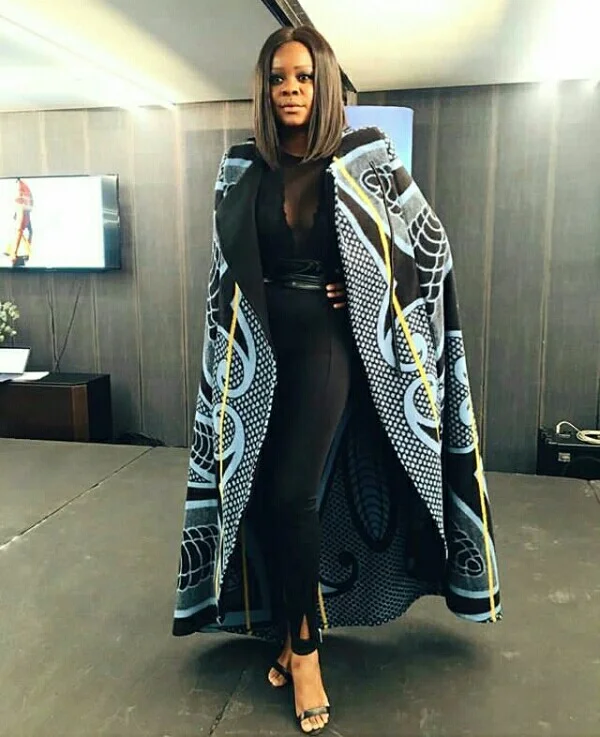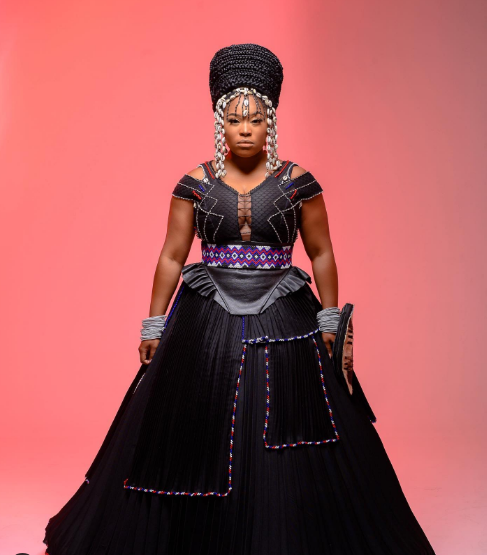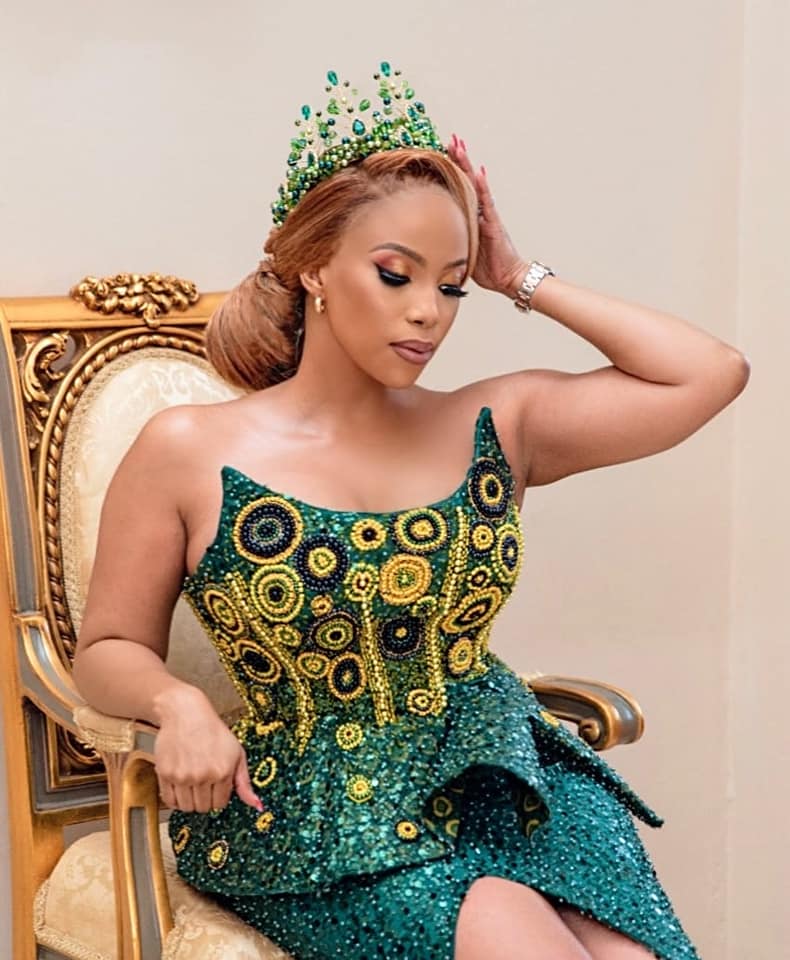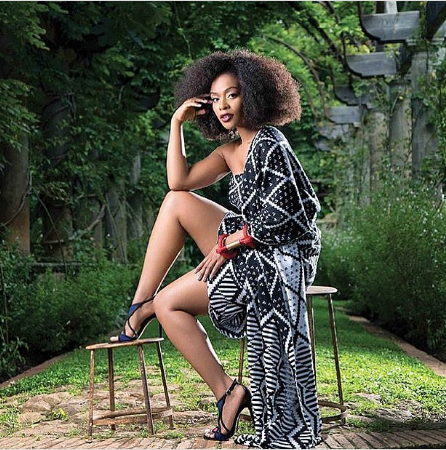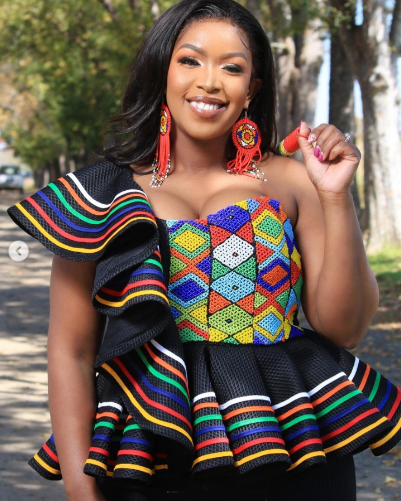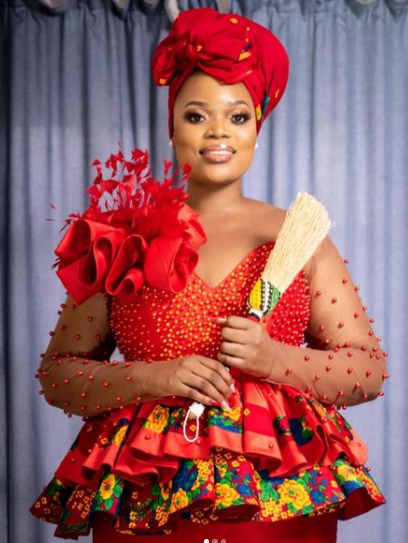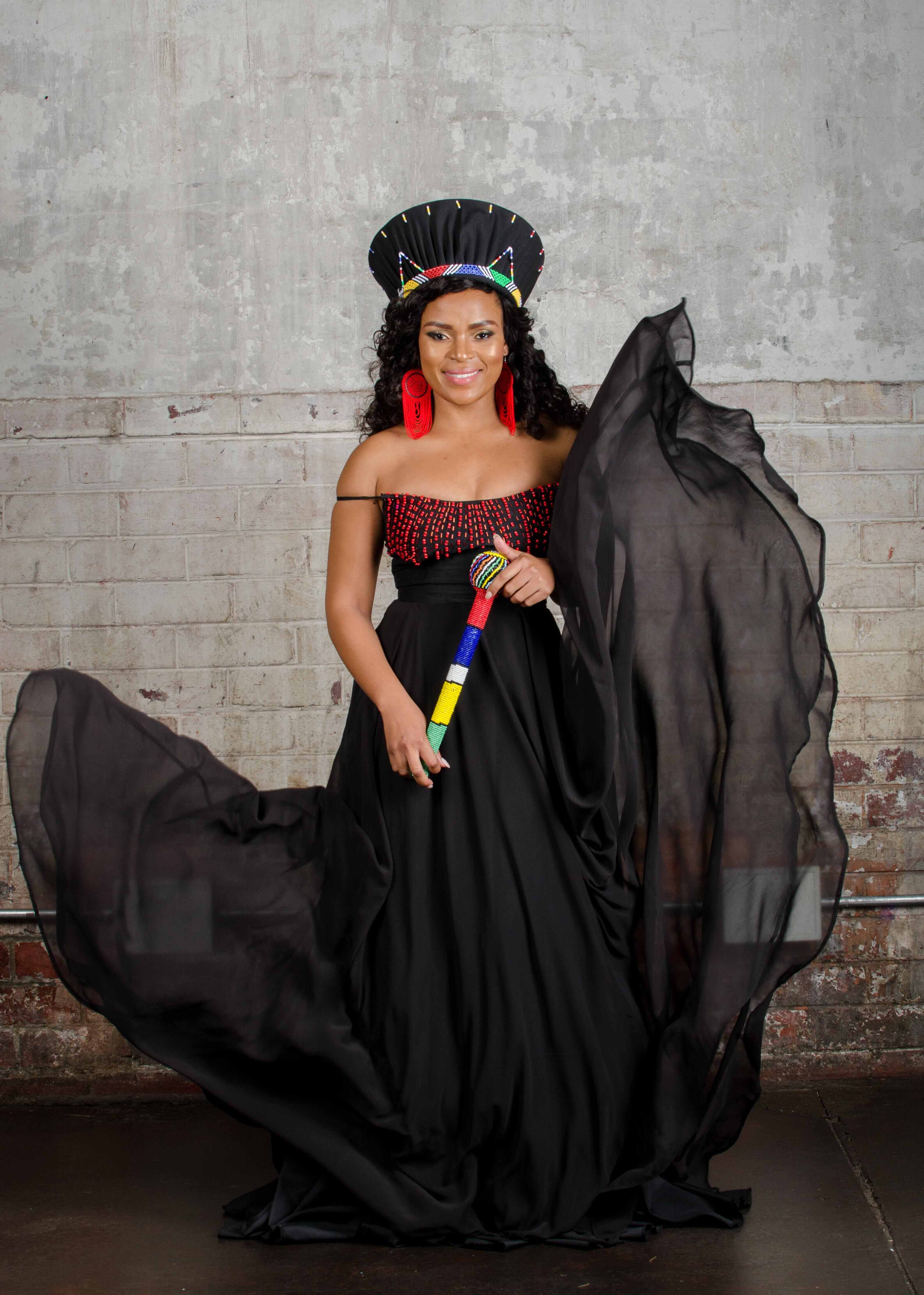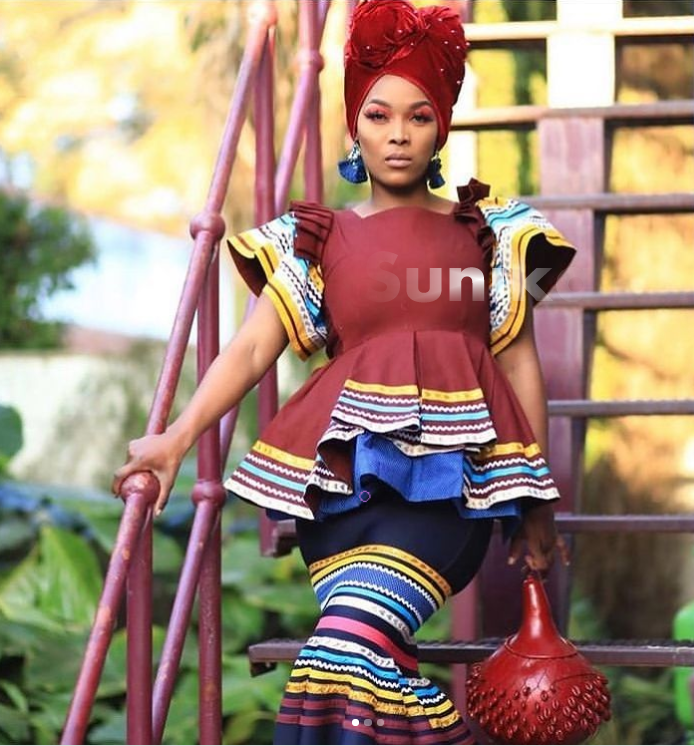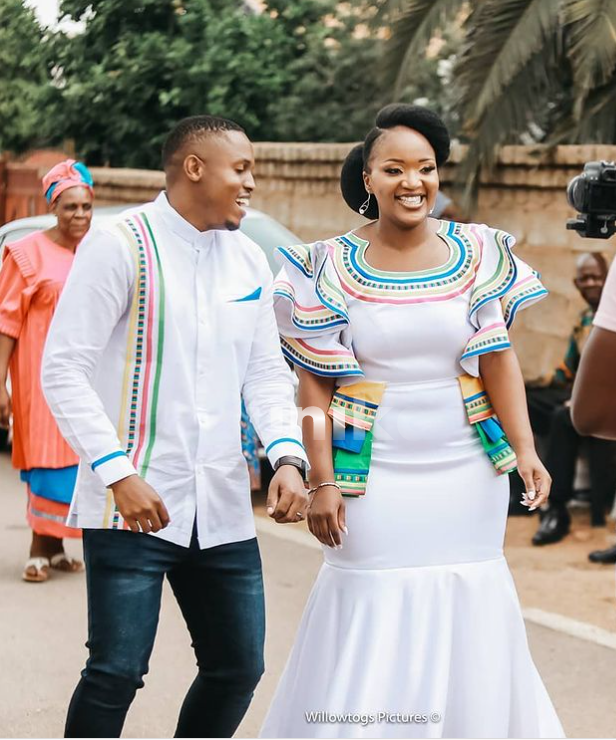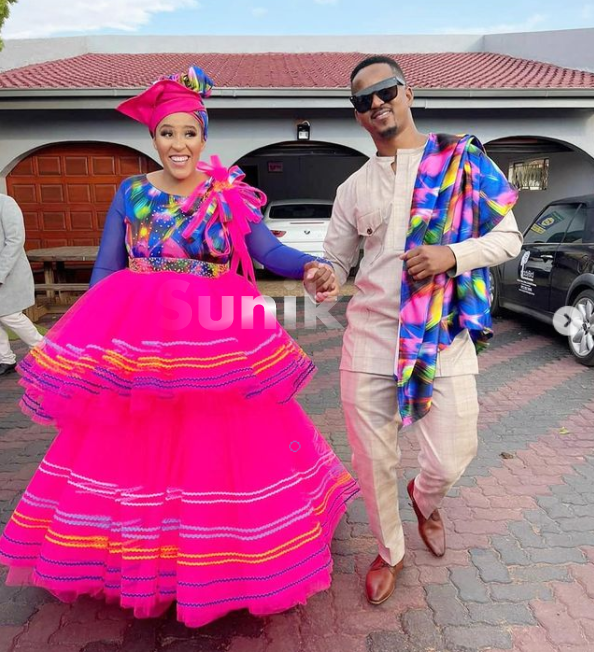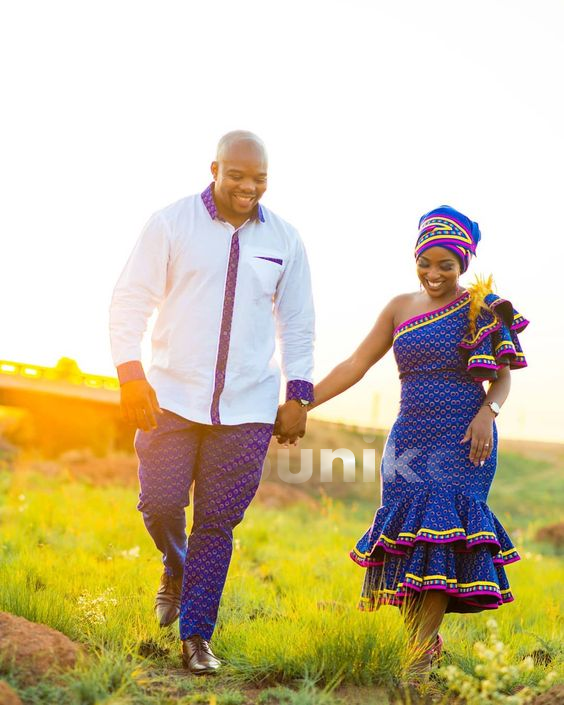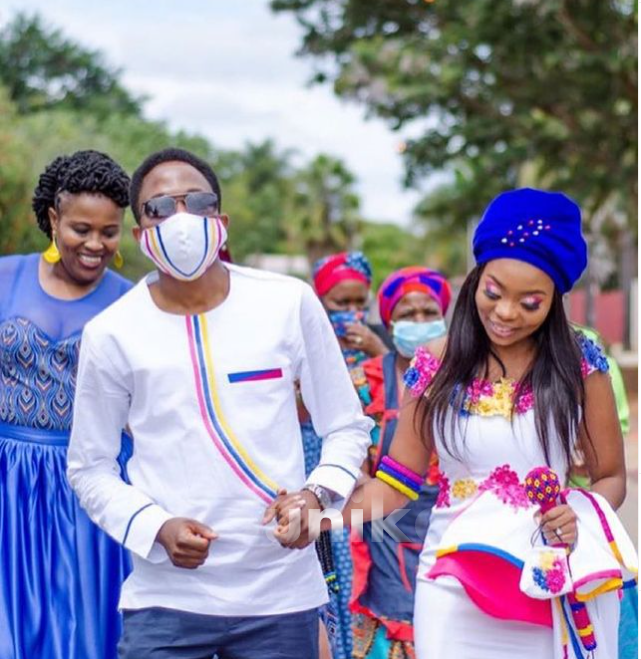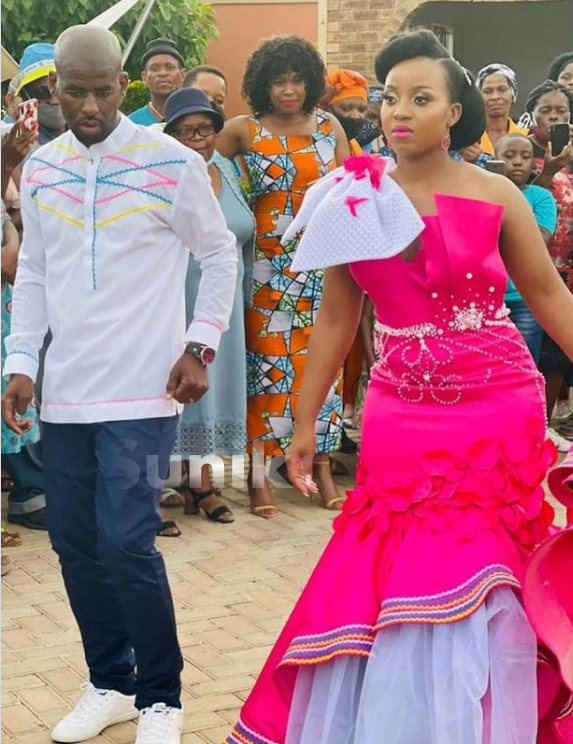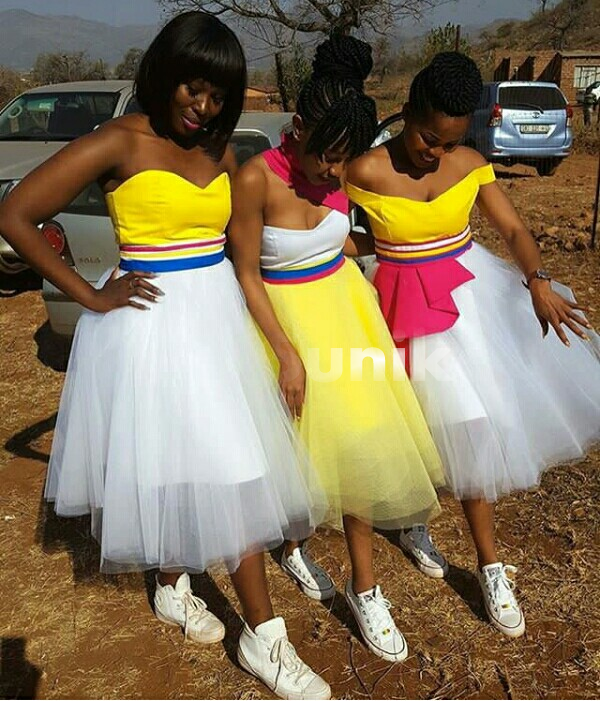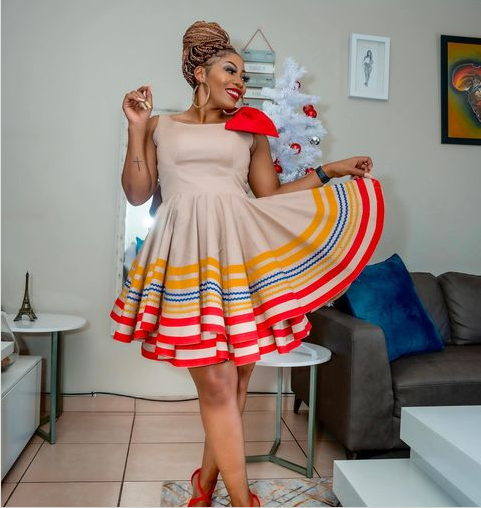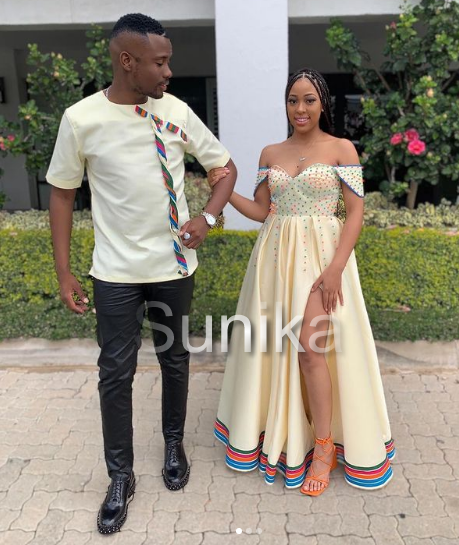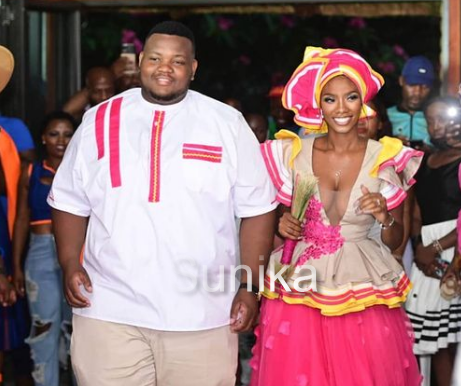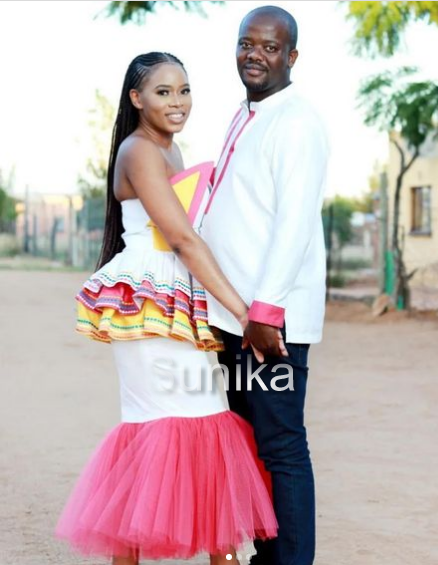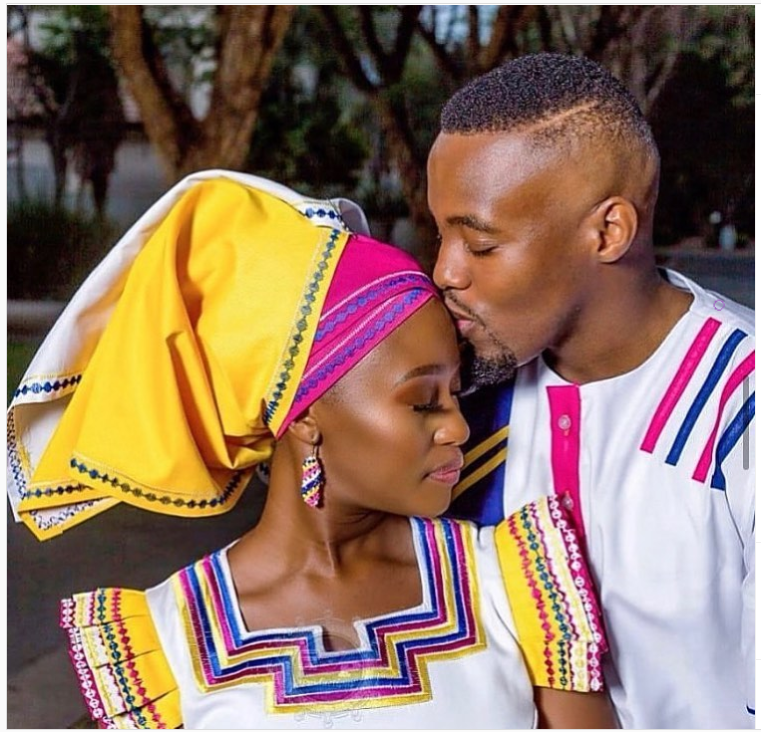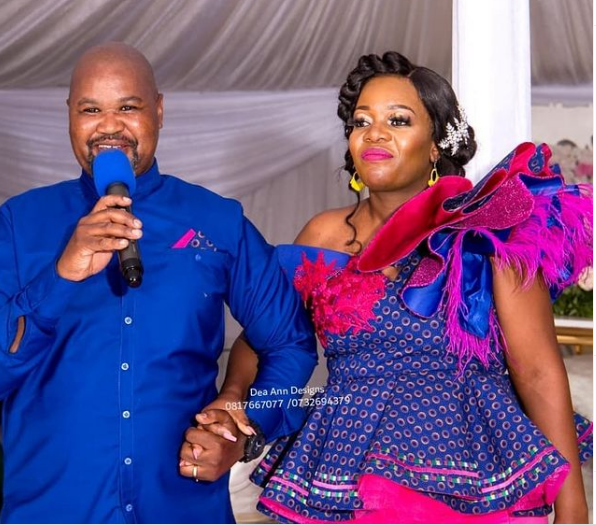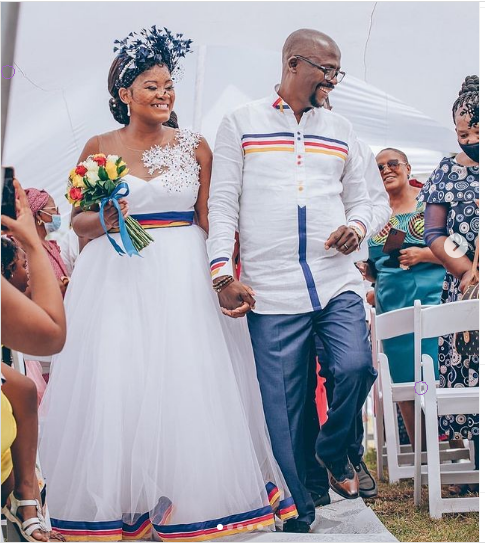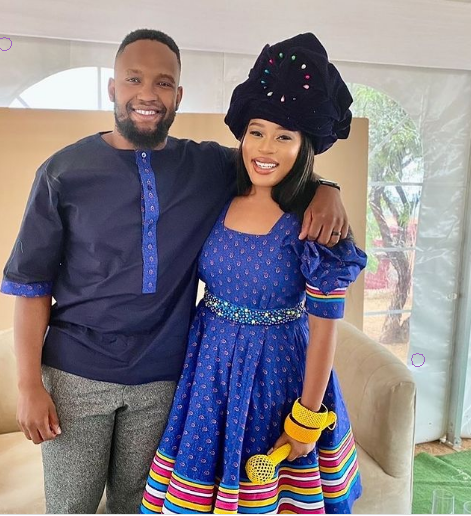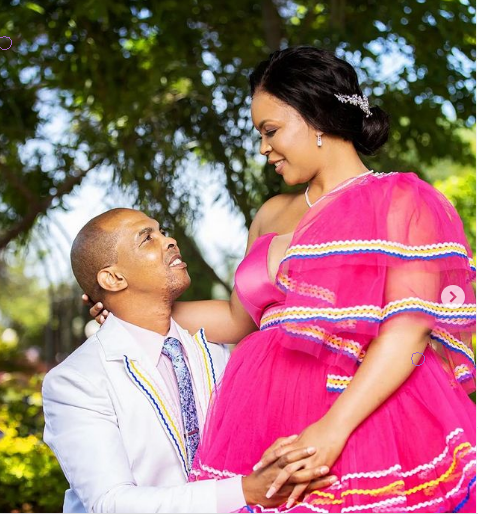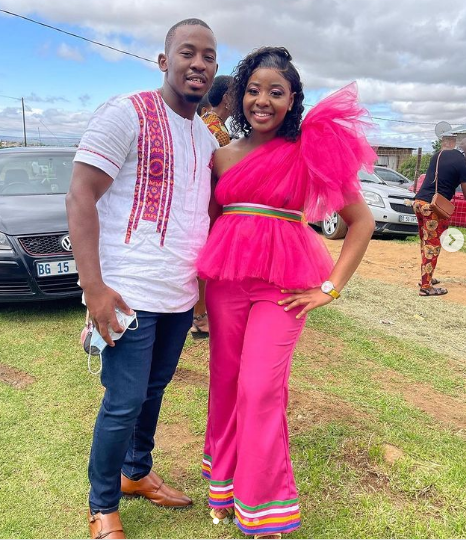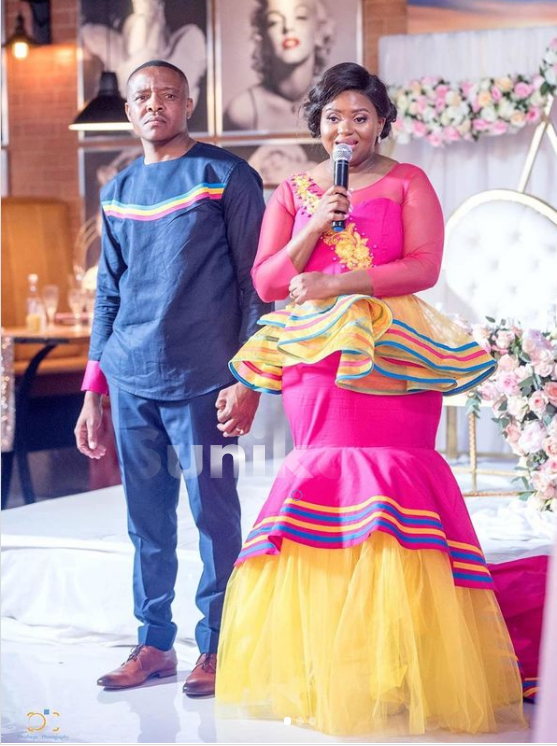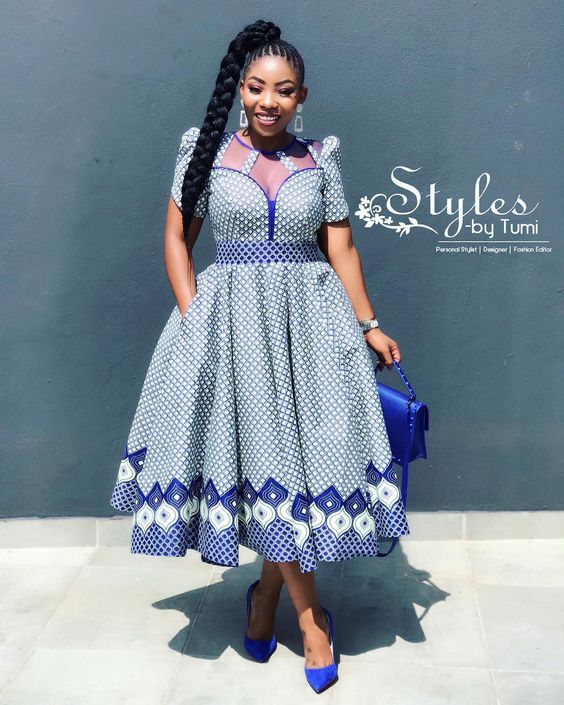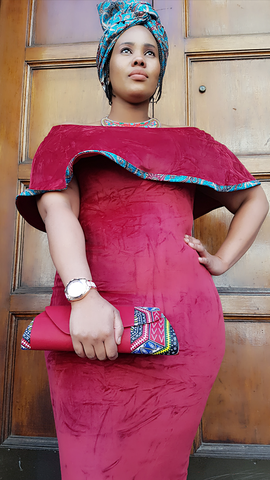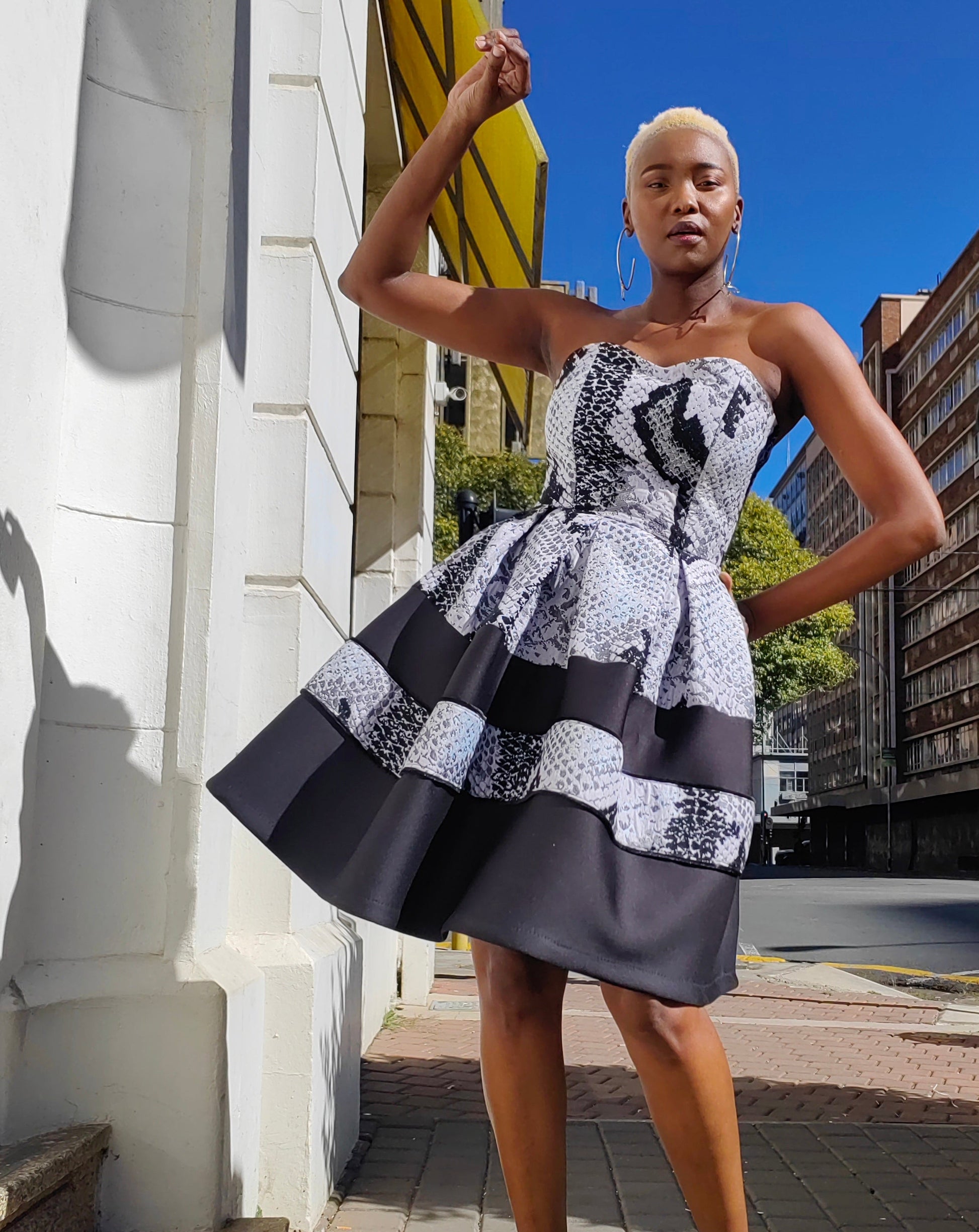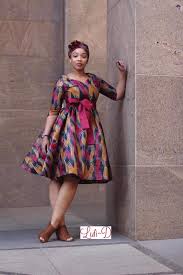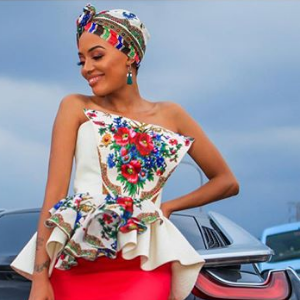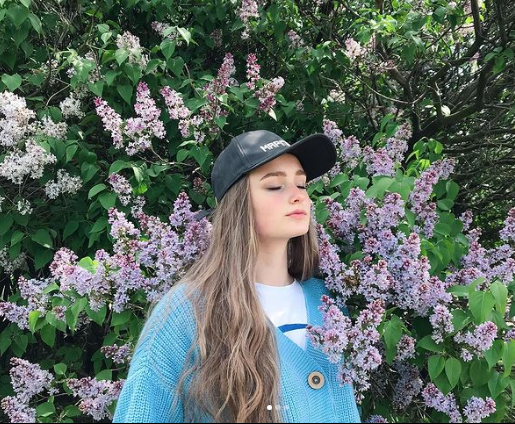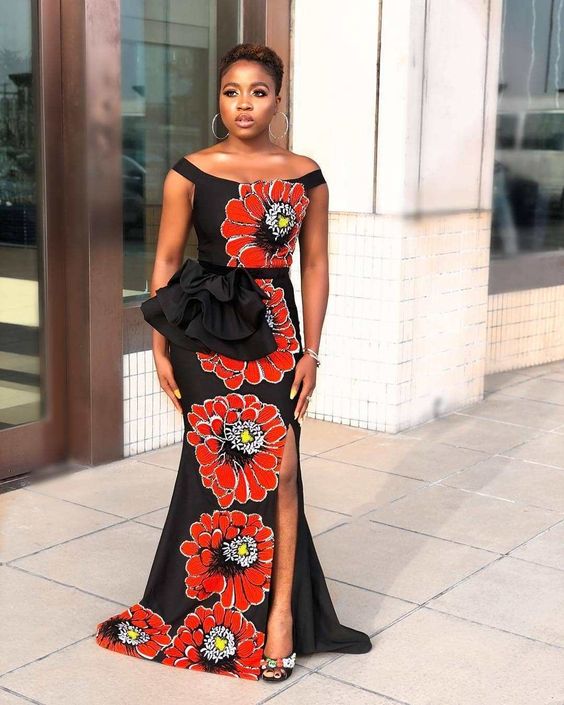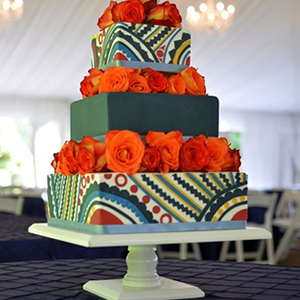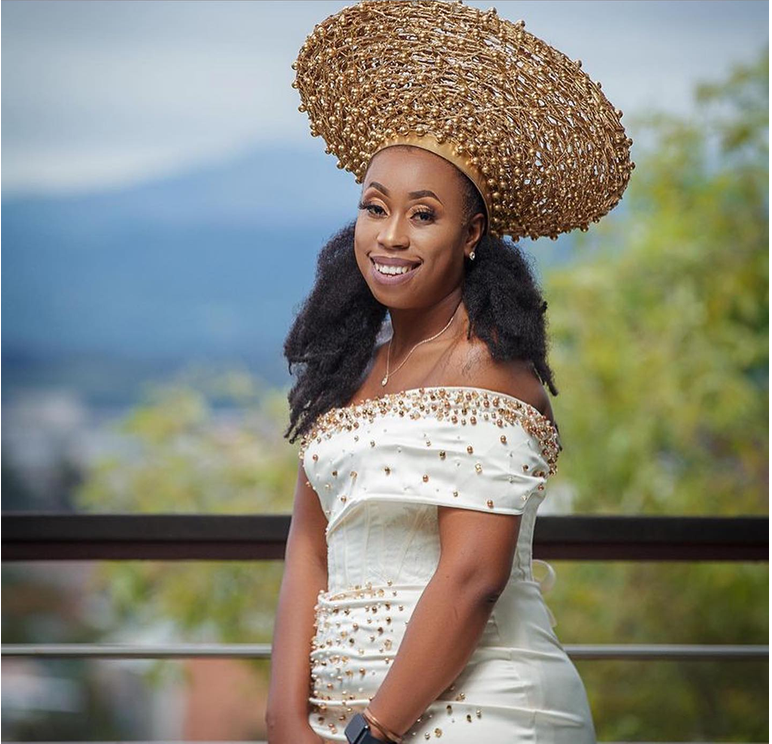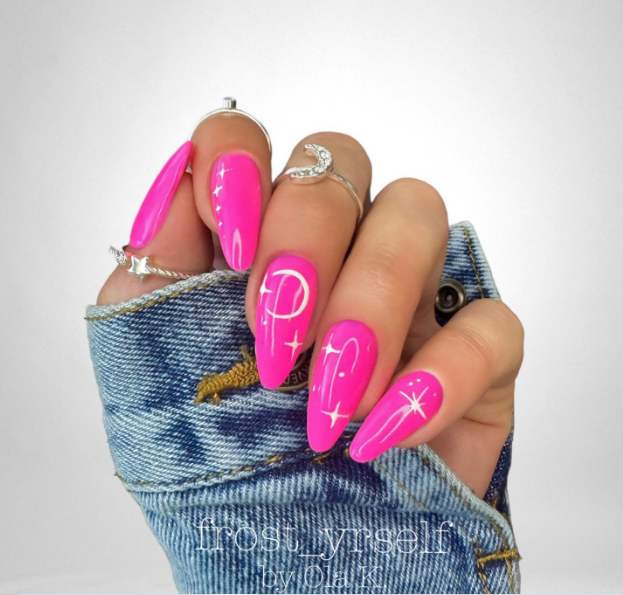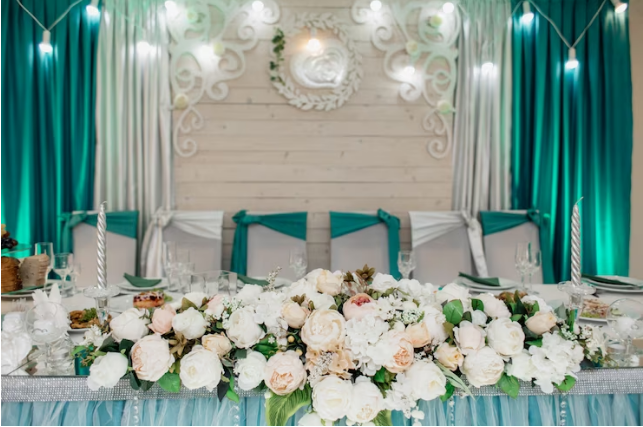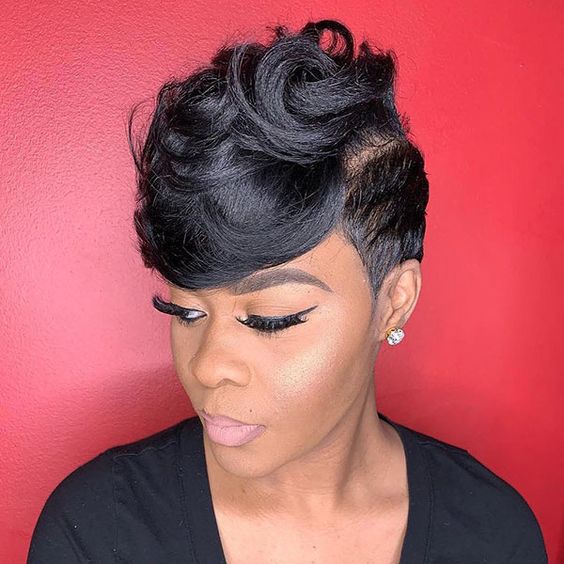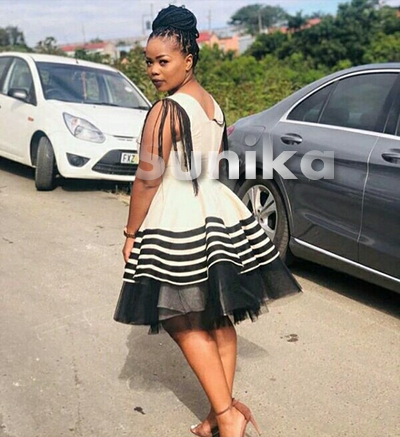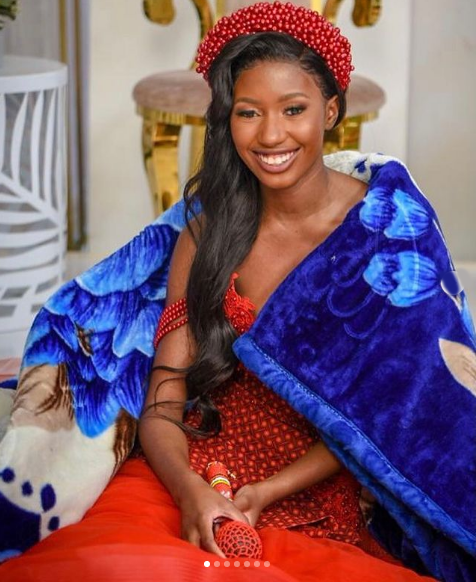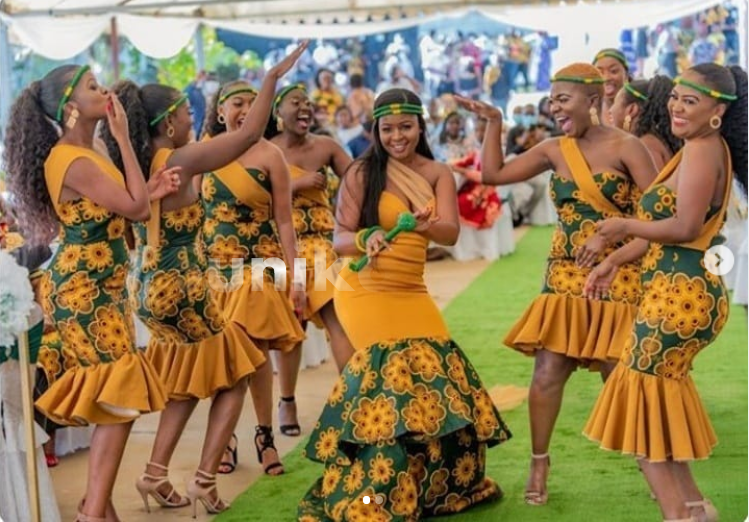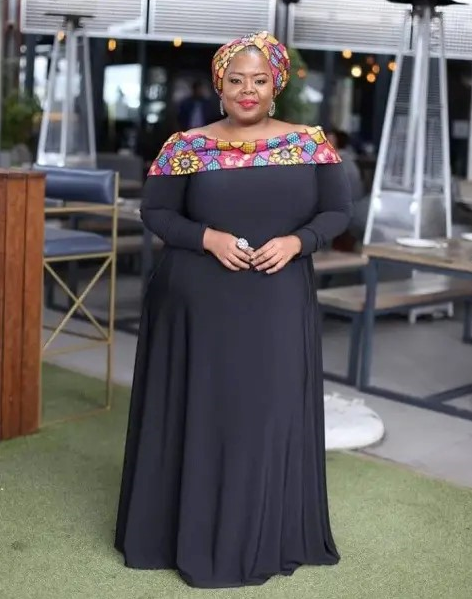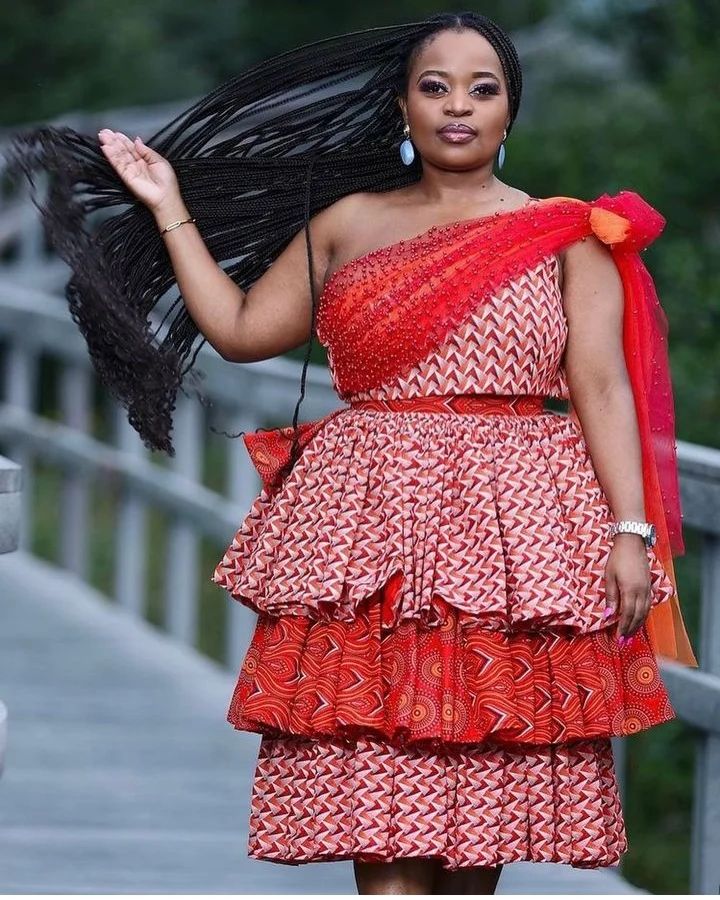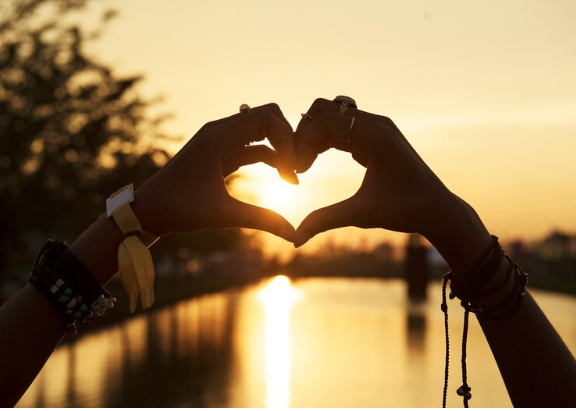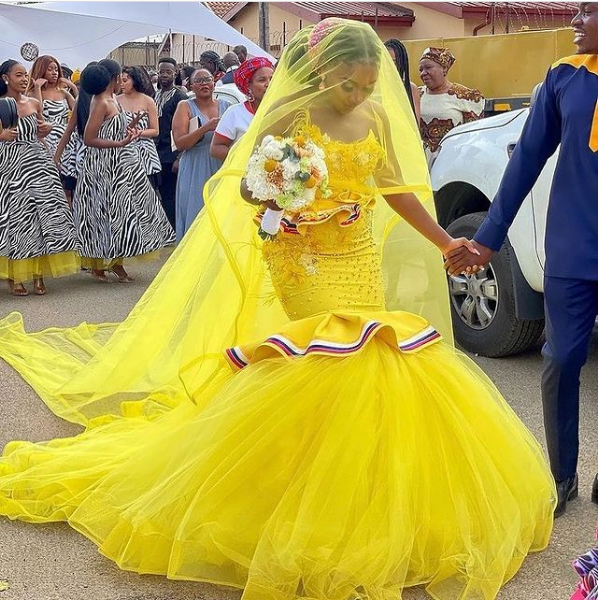
In the heart of South Africa lies the rich and culturally diverse Pedi (or Bapedi) people, known for their vibrant traditions and a deep connection to their ancestral heritage. A pivotal aspect of Pedi culture is their traditional wedding ceremonies, where SePedi traditional wedding dresses play a central role. These dresses are not just garments; they are living symbols of history, identity, and the beauty of SePedi culture. In this article, we delve into the captivating world of SePedi traditional wedding dresses, exploring their historical roots, cultural significance, and exquisite designs.
Historical Roots
The history of the SePedi people, one of the Sotho-Tswana groups, dates back centuries in Southern Africa. Traditional Pedi clothing reflects the influence of their ancestors, who crafted garments from locally available materials like animal hides, cotton, and plant fibers. With the passage of time and interactions with other cultures, these traditional garments evolved into the distinctive SePedi wedding dresses we see today.
Key Elements of SePedi Traditional Wedding Dresses
-
Mokgibo/Mosokotso (Headwear): SePedi brides typically wear a beautifully adorned headpiece called mokgibo or mosokotso. These headpieces come in various forms, but one of the most recognizable styles is the turban-like gele, made from colorful fabric and often decorated with intricate beadwork, embroidery, or shells. The mokgibo holds great cultural significance and symbolizes the bride's marital status and transition into adulthood.
-
Dipheta (Shawl): The dipheta is an integral part of the SePedi wedding dress. This shawl is worn around the bride's shoulders and is usually made from a luxurious fabric, such as satin or silk, often in bright and vivid colors. The dipheta serves both functional and aesthetic purposes, keeping the bride warm during outdoor ceremonies while adding a touch of elegance to her attire.
-
Seshoeshoe Fabric: The Shweshwe fabric is a staple in SePedi traditional wedding dresses. This printed fabric features vibrant, eye-catching patterns and colors, making it a popular choice for wedding gowns and groom's attire. The choice of seshoeshoe fabric is a reflection of the couple's unique style and taste.
-
Accessories: SePedi brides accessorize their wedding dresses with an array of beautifully crafted jewelry, including necklaces, bracelets, and earrings, often made from precious metals and adorned with intricate beadwork and gemstones. These accessories add a layer of opulence to the overall bridal look.
Cultural Significance
SePedi traditional wedding dresses are more than just clothing; they are repositories of cultural values and symbols. Here are some of the cultural aspects associated with SePedi wedding dresses:
-
Bridal Transformation: The donning of the mokgibo symbolizes the bride's transformation from a single woman into a married one. It is a significant moment in the wedding ceremony, signifying her commitment to her groom and her new role within the family.
-
Symbolism in Colors and Patterns: The colors and patterns chosen for SePedi wedding dresses are laden with symbolism. For example, red often symbolizes love and fertility, while blue may represent peace and harmony. The intricate designs and beadwork on the dresses often have cultural significance related to Pedi beliefs and values.
-
Cultural Preservation: SePedi traditional wedding dresses serve as a means of preserving and celebrating Pedi culture and heritage. They connect the present generation to their roots and remind them of the importance of upholding their traditions.
40+ SePedi Traditional Wedding Dresses and Where To Find Them
In the heart of South Africa's diverse cultural tapestry, SePedi traditional wedding dresses stand out as radiant gems of heritage and style. These dresses aren't just garments; they are intricate expressions of love, tradition, and identity. In this article, we embark on a visual journey through 40 enchanting SePedi traditional wedding dresses, each a masterpiece that encapsulates the rich culture and artistic flair of the Pedi people. Whether you're planning your own SePedi wedding or simply drawn to the allure of these breathtaking gowns, this curated list will guide you to where you can discover these timeless treasures. Join us as we explore the beauty and symbolism behind SePedi wedding attire and uncover the best places to find your own piece of SePedi bridal elegance.
Blue Pedi Traditional Wedding Dress by Nim Couture
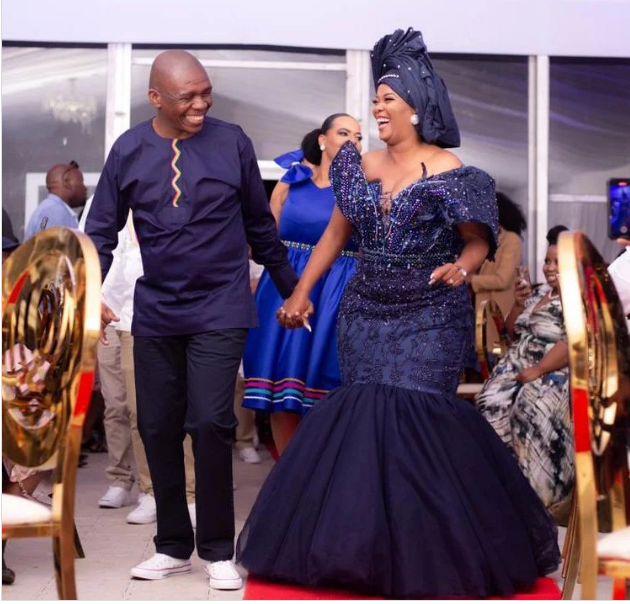
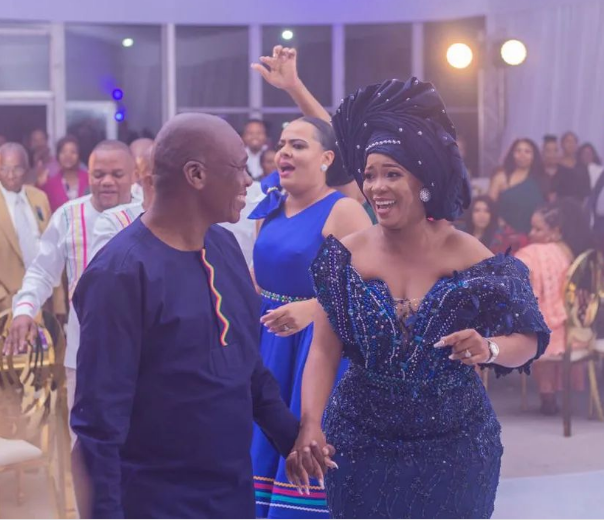
Blue Traditional Wedding Dress with beads by Bayanda Khathini
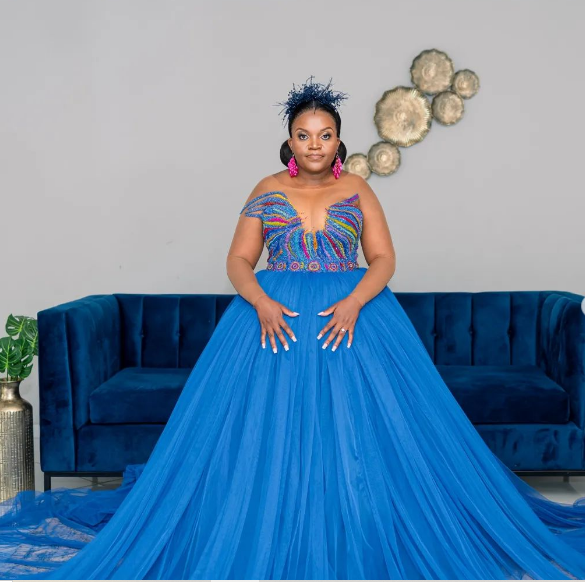
Pedi Wedding Dress by Antherline Couture
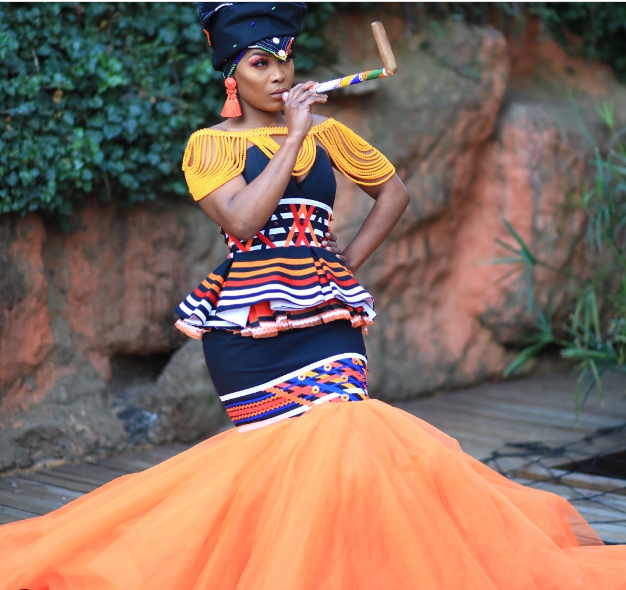
Pink Drop Shweshwe Wedding Dress by Nim Couture
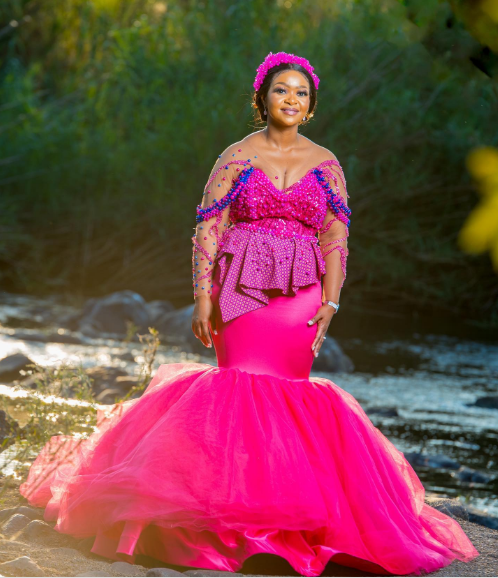
Pink SePedi Wedding Dress by Nim Couture
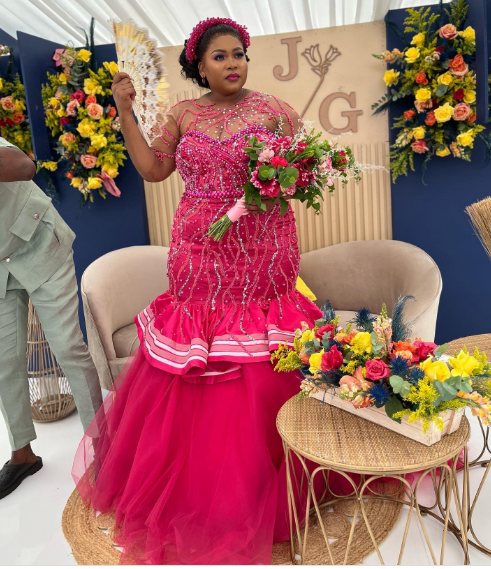
Pink Traditional Wedding Dress with beads by Bayanda Khathini
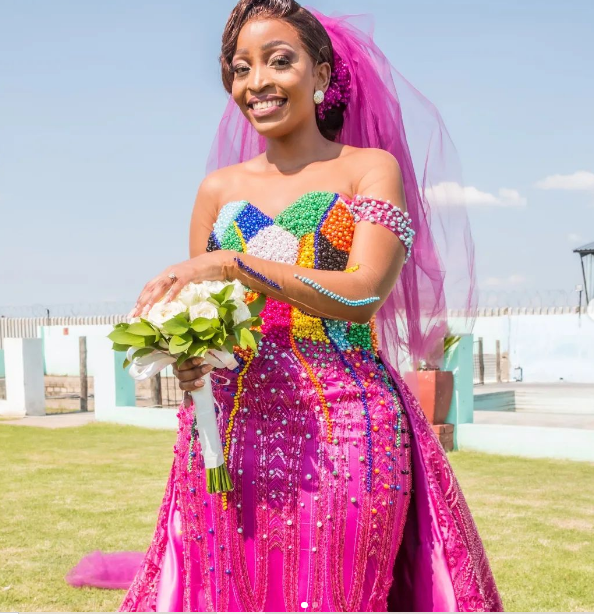
Pink wedding dress with puff sleeves by Scalo Designer
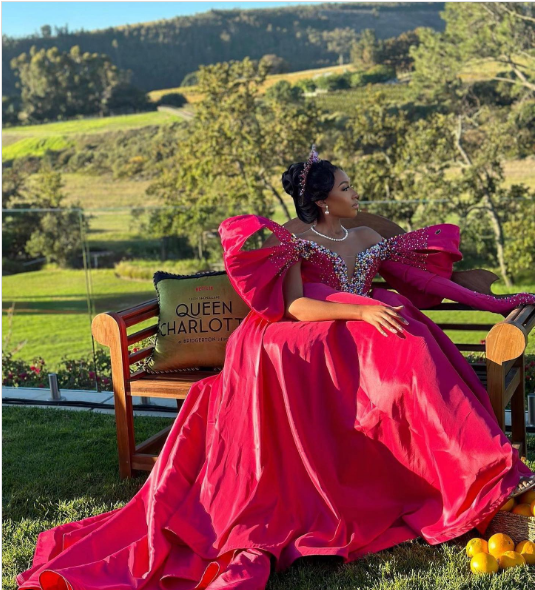
Pleated Pedi Wedding Dress by Antherline Couture
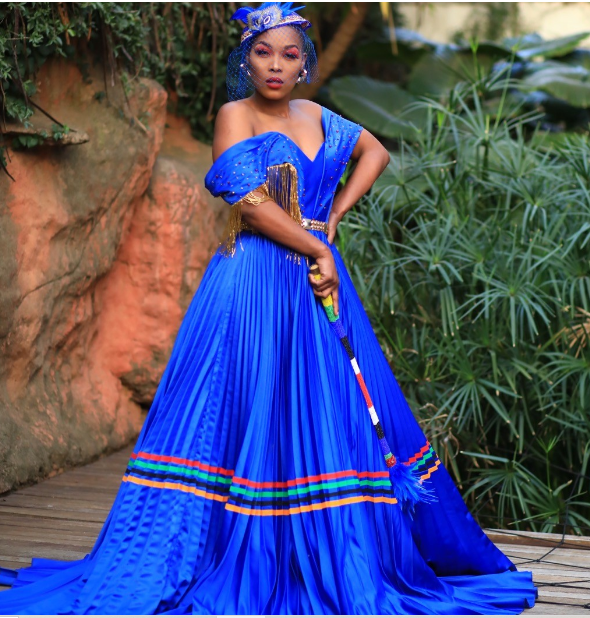
Plus Size Traditional Wedding Dress by Scalo Designer
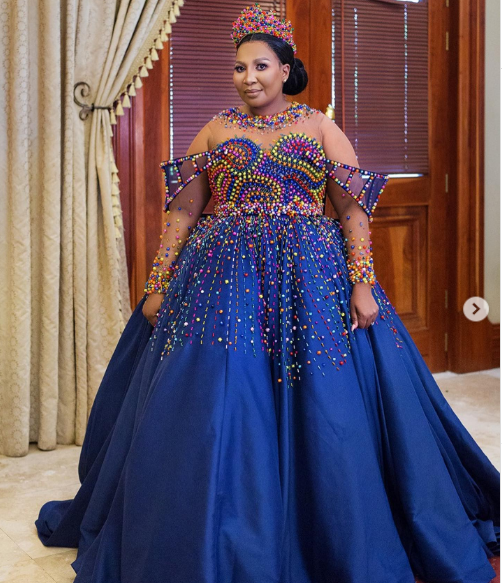
SePedi Dress By Lebo Mositsa
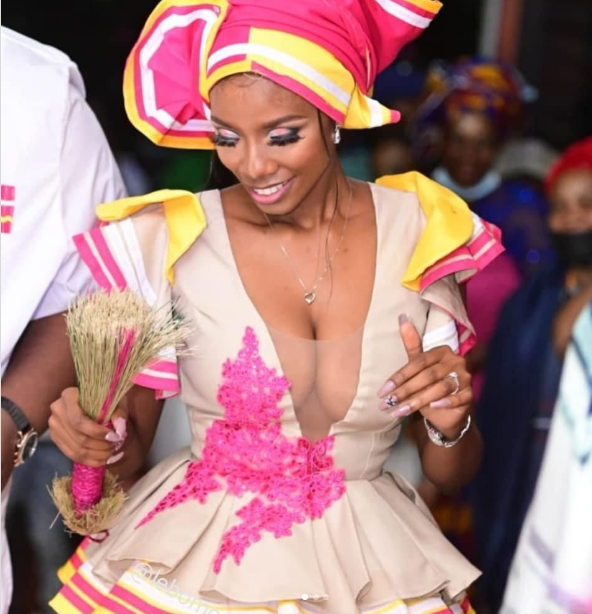
Traditional Pedi Wedding Dress By Otiz Seflo
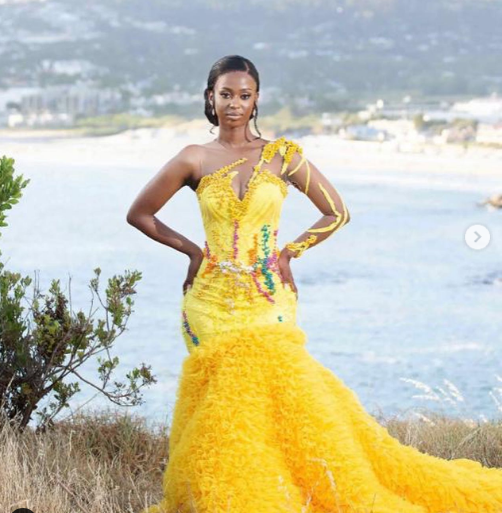
More SePediTraditional Wedding Dresses
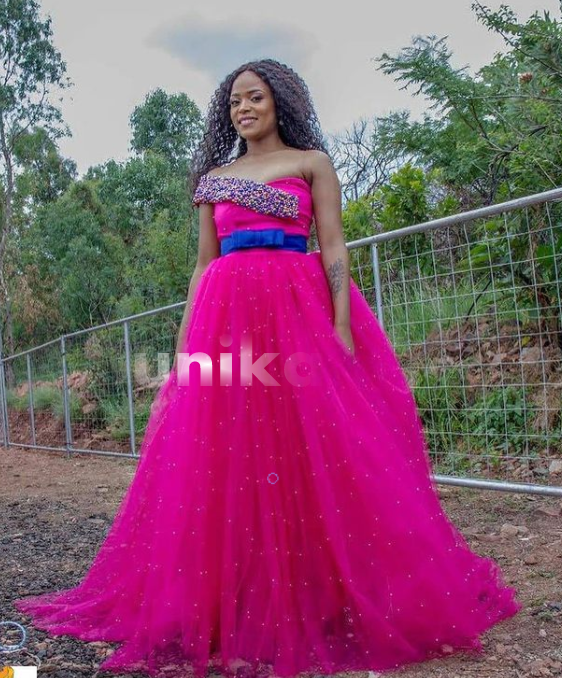
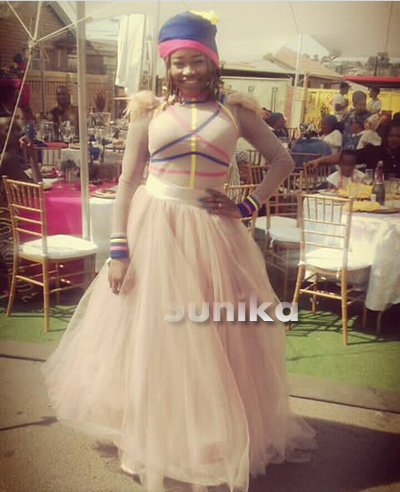
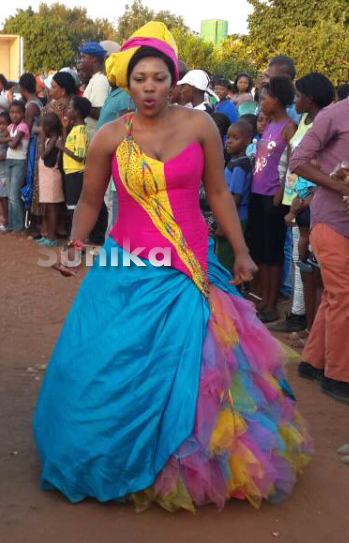
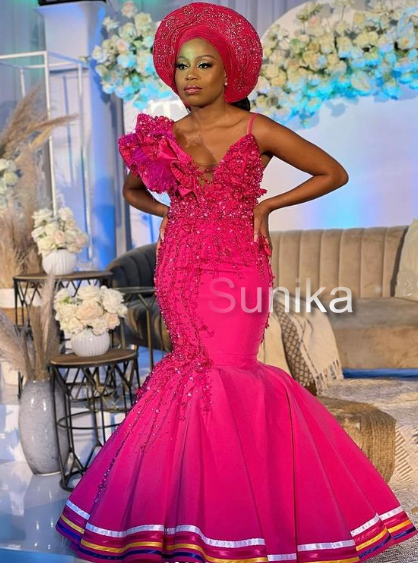
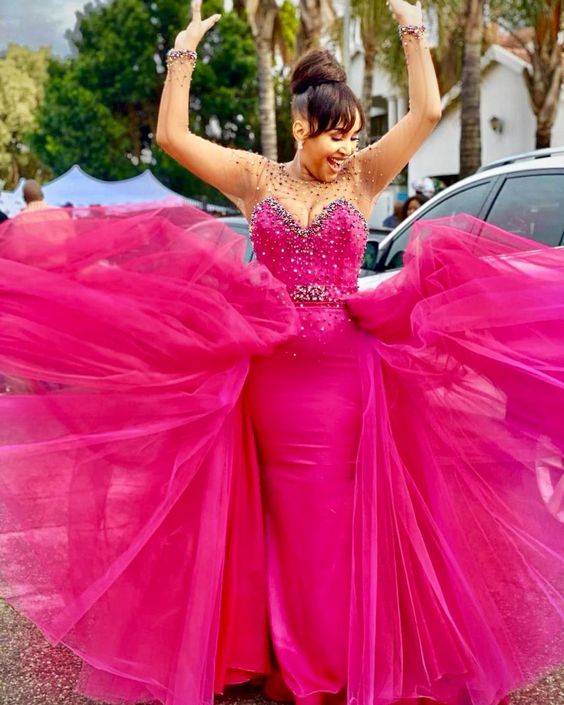
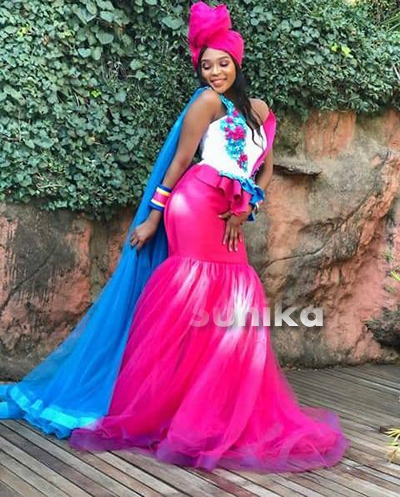
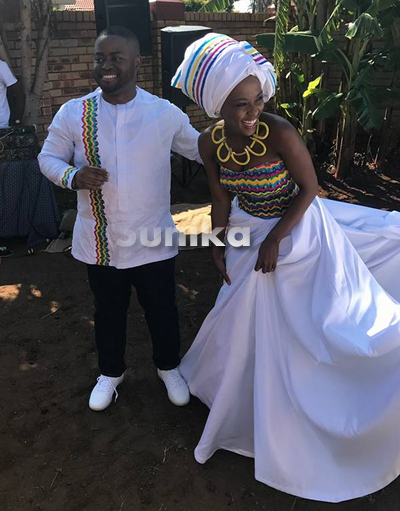
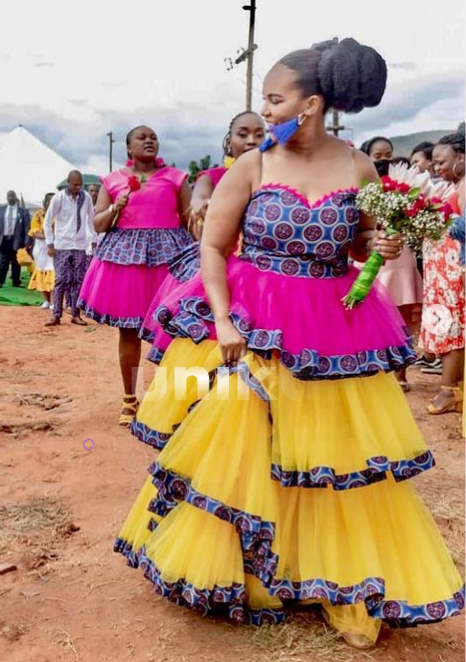
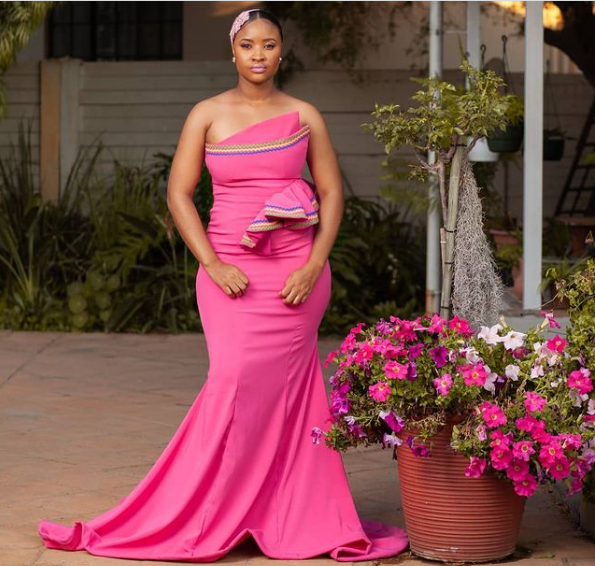
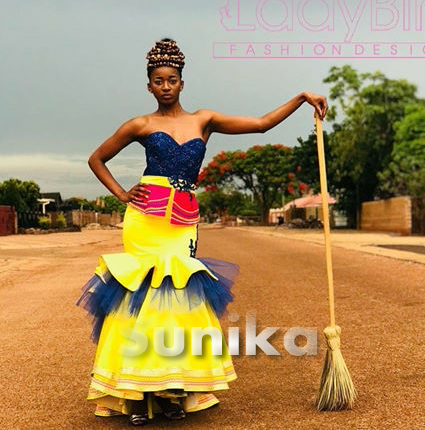
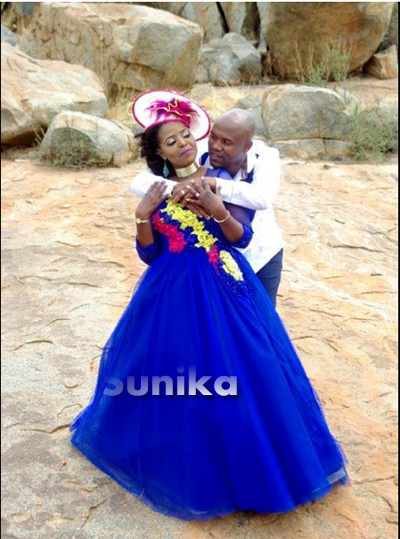
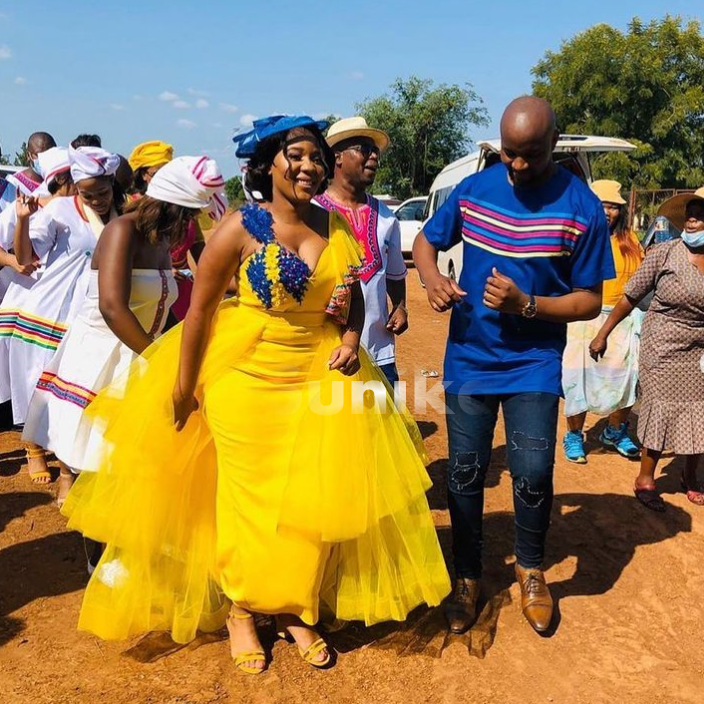

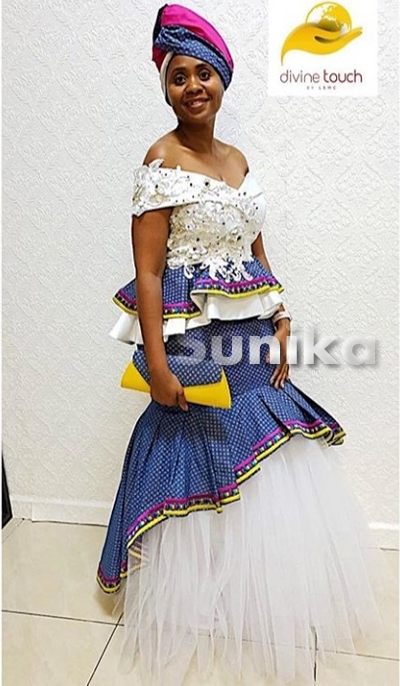
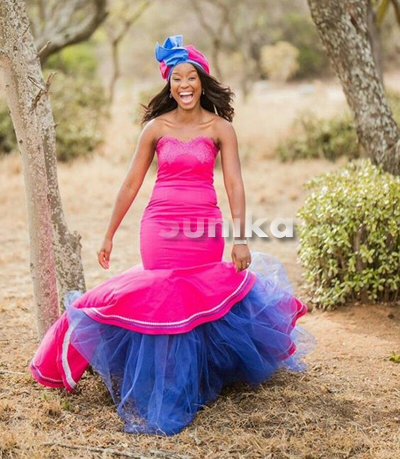
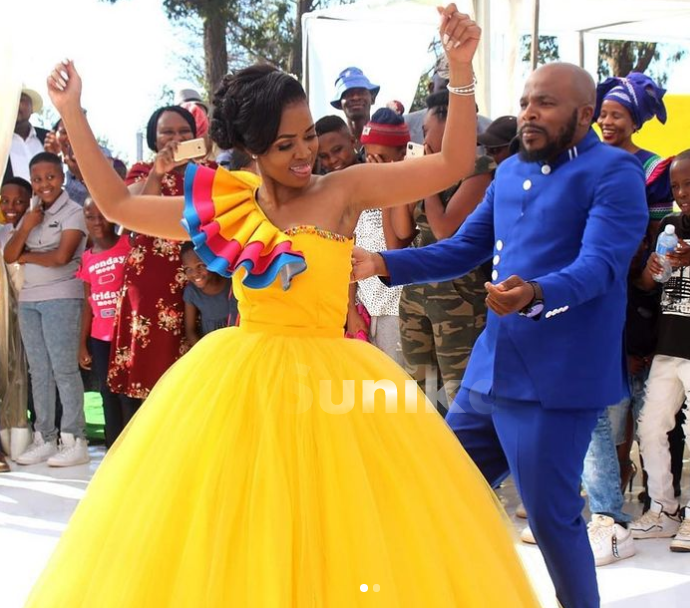
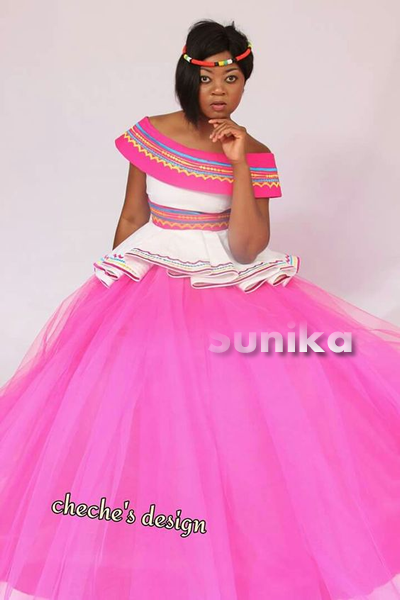
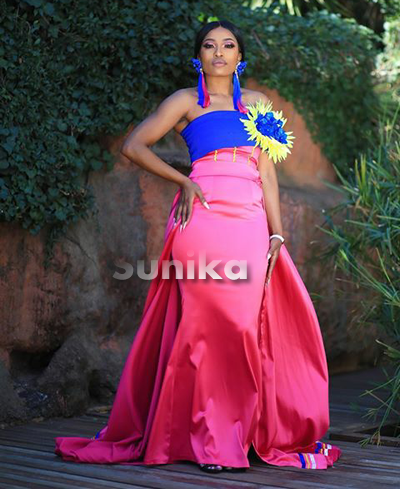
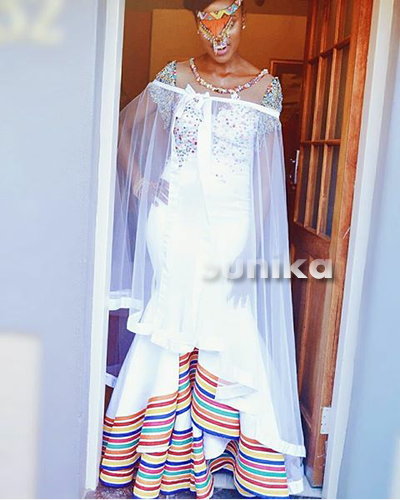
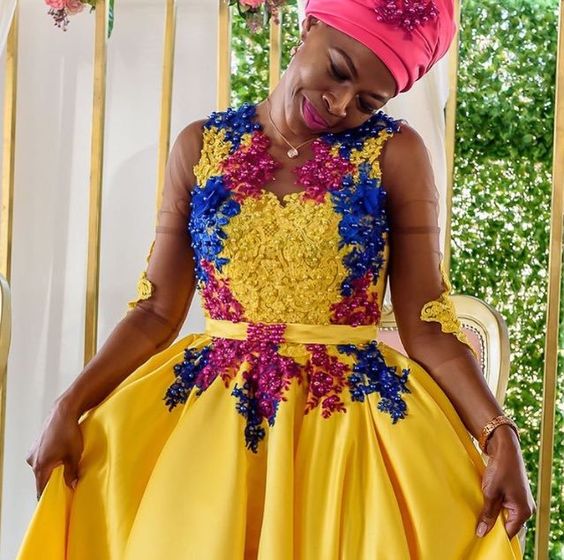
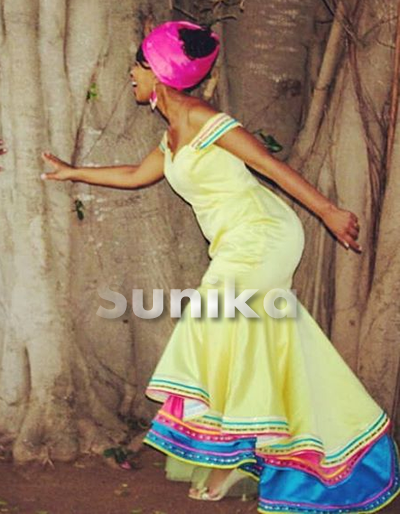
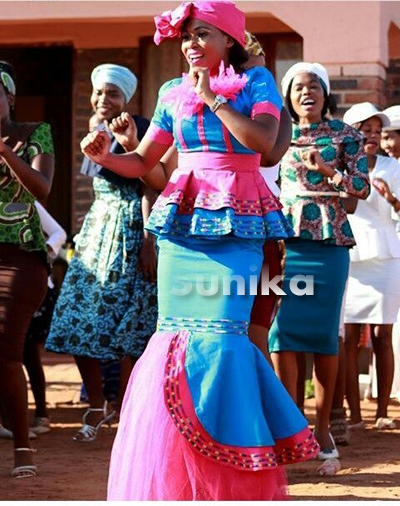
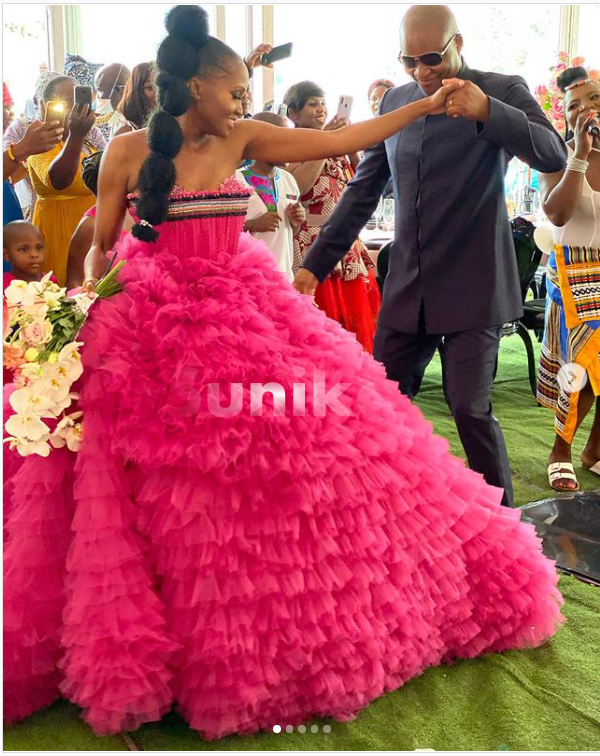
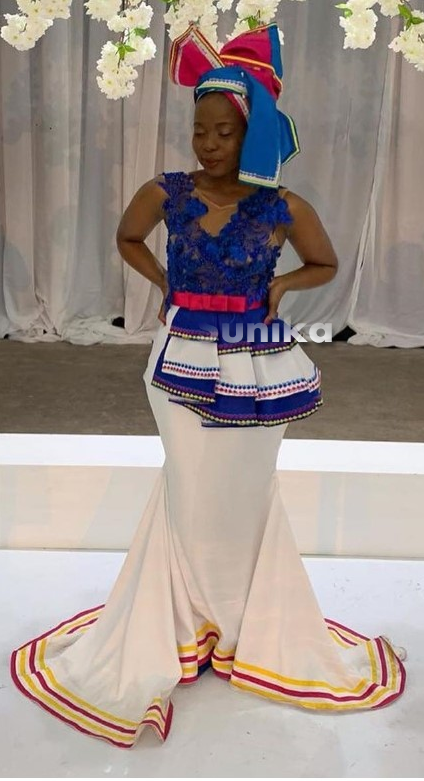
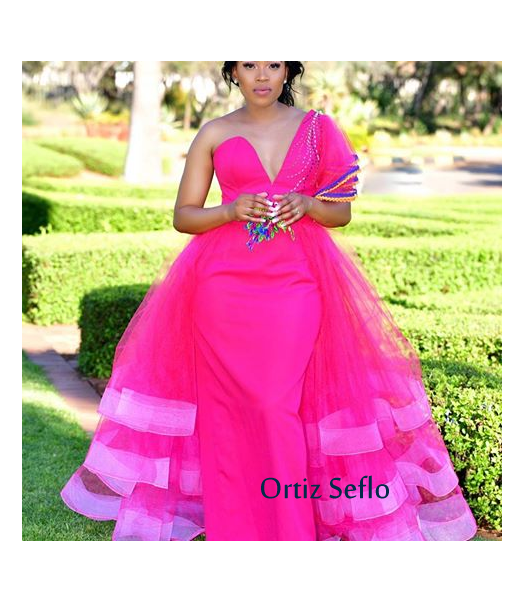
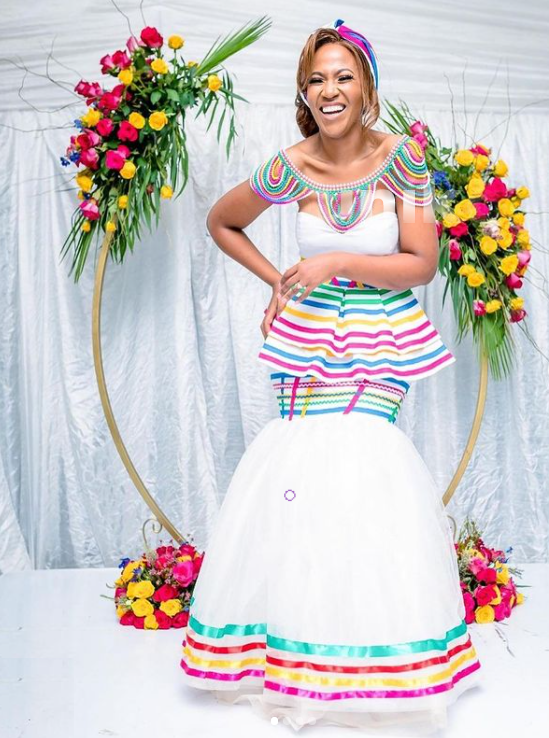
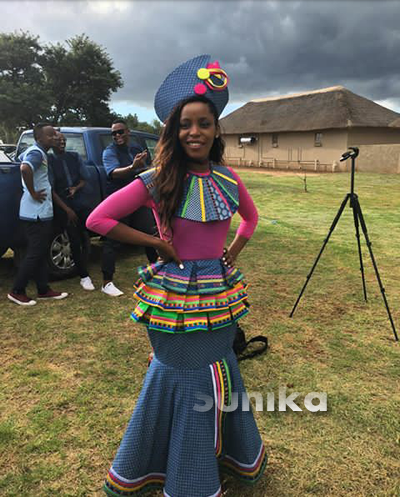
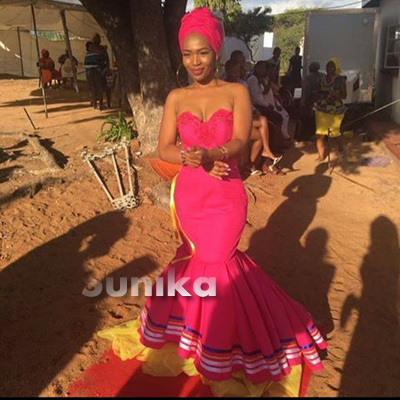

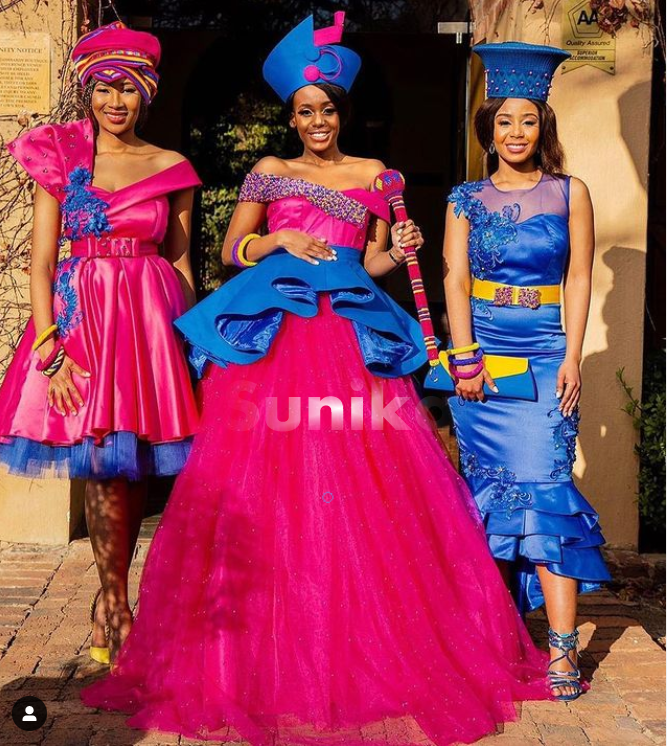
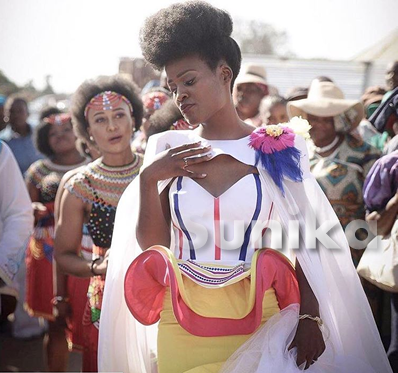

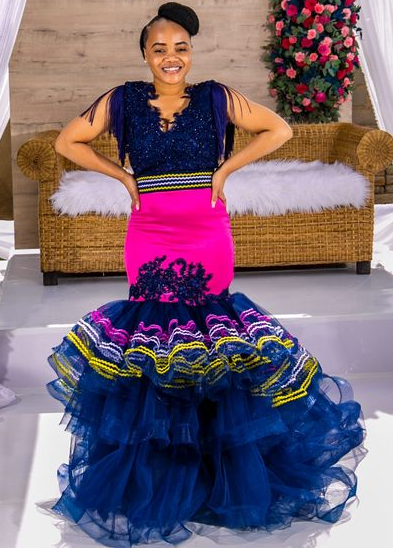
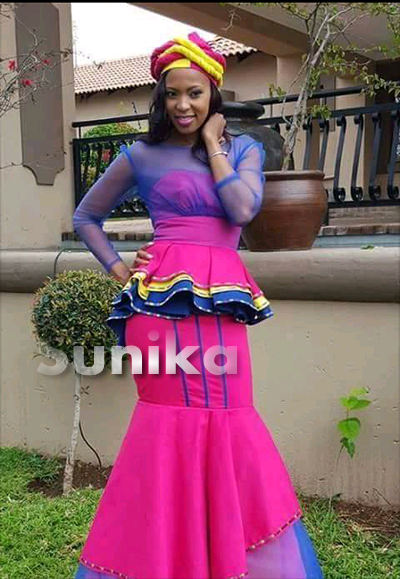
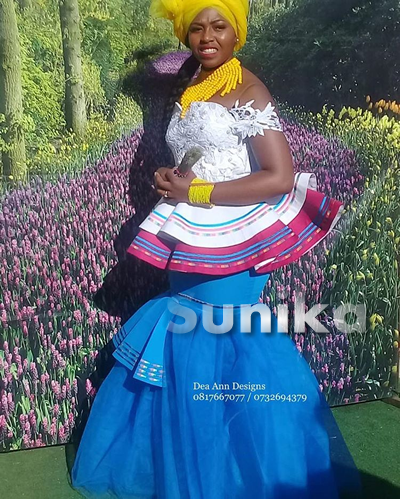
Conclusion
SePedi traditional wedding dresses are a breathtaking fusion of history, culture, and artistry. These dresses are more than just attire; they are tangible expressions of love, tradition, and identity. As SePedi culture continues to evolve, these wedding dresses remain a powerful symbol of the enduring beauty and significance of Pedi heritage, and they continue to be cherished by generations of brides and grooms as they embark on their journey into married life.
